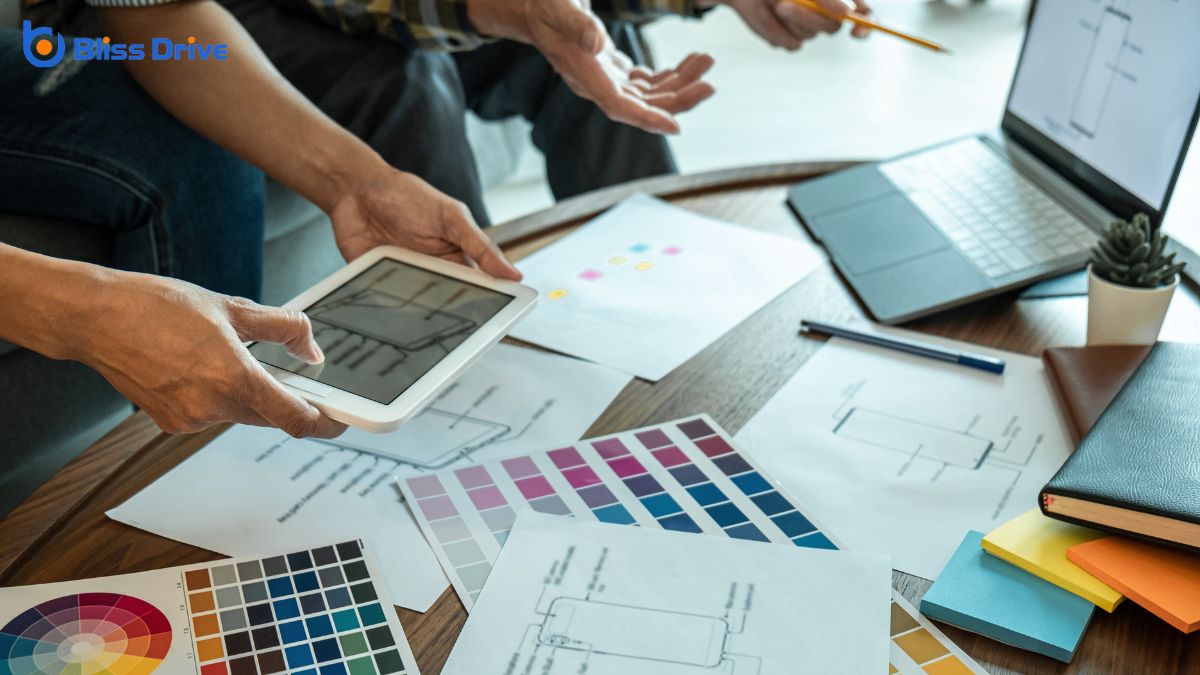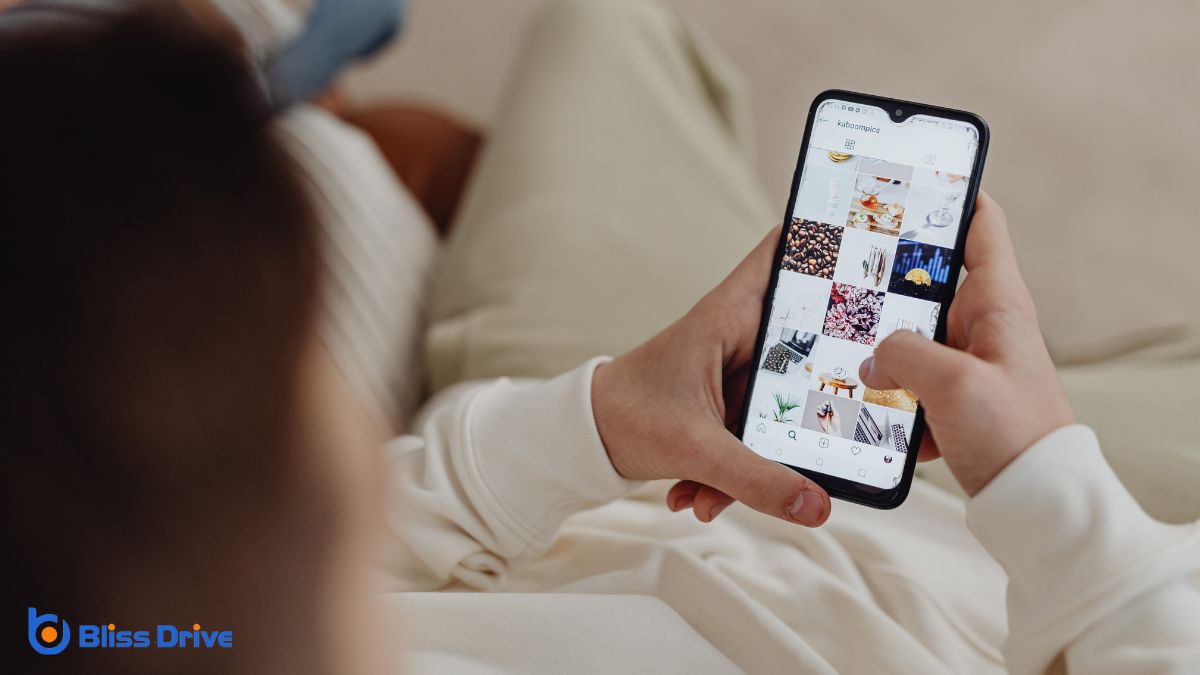Digital Marketing Services
Learn More About Us

Upcoming trends in mobile web design include AI-driven personalizationTailoring content and offers to individual users based on their behavior, preferences, or demographi... that tailors content to your preferences and behaviors, offering seamless browsing without extra searching. Enhanced responsive designA web design approach that makes web pages render well on a variety of devices and window or screen ... optimizes content across devices, while voice user interfaces provide intuitive hands-free navigation. Progressive Web Apps combine web and mobile app features for offline access and engagementThe interactions that users have with a brand’s content on social media., and dark mode themes reduce eye strain and save battery. Dive deeper to discover how these trends can transform your mobile web experience.

As mobile web design evolves, AI-driven personalization is becoming a game-changer. You might notice how websites seem to know exactly what you need before you do. That's AI at work, tailoring content to fit your preferences and behaviors.
Imagine visiting a site that instantly recognizes your interests, offering recommendations and products you'll love without scrolling through endless options.
AI analyzes your interactions, learning from your choices to enhance your experience in real-time. It’s like having a personal shopper guiding you through the digital world.
You’ll find this not only boosts satisfaction but also keeps you coming back for more. By anticipating your needs, AI guarantees your mobile browsing feels uniquely yours, transforming how you connect with the web every day.
With the rapid advancement of technology, enhanced responsive design is revolutionizing how we interact with websites on mobile devices.
You don't just want a site that adjusts to screen sizes; you need one that optimizes content for user experience. Enhanced responsive design guarantees your site isn't only flexible but also intelligent in adapting elements like images, text, and navigation.
You prioritize speed and smooth shifts, essential for keeping visitors engaged. Media queries, fluid grids, and flexible visuals are tools you can use to guarantee seamless performance on any device.
In the evolving landscape of mobile web design, voice user interfaces (VUIs) are becoming increasingly significant. You’re likely noticing how users prefer speaking to typing on their devices.
By integrating VUIs, you offer an intuitive, hands-free experience that aligns with this preference. It’s essential to design these interfaces to recognize natural speech patterns and diverse accents, ensuring accessibility for all users.
You should also focus on creating seamless interactions by minimizing errors and offering clear audio feedback. When users engage through voice, they expect swift, accurate responses.
Consider incorporating AI to enhance understanding and improve user satisfaction. By prioritizing VUIs in your design strategy, you’re not only enhancing usability but also future-proofing your mobile web presence.
Voice interfaces are transforming how users interact with technology, but they're not the only game-changer in mobile web design.
Progressive Web Apps (PWAs) are a rising trend you can't ignore. They combine the best features of web and mobile apps, offering speed, reliability, and offline access. When you build a PWA, users get a seamless experience with fast load times and push notificationsShort messages sent directly to users’ mobile devices from apps to encourage engagement., even on poor networks.
PWAs are cost-effective since you develop one app for all platforms. Plus, they don't require installation from an app store, saving users time and device space.
With features like home screen icons and full-screen capabilities, PWAs blur the lines between web and native apps. Embracing PWAs enhances user engagementThe level of interaction and involvement users have with social media content. and broadens your reach.
You're probably familiar with the increasing demand for dark mode, which offers benefits like reduced eye strain and improved battery life on OLED screens.
When designing for mobile, consider how you can create eye-friendly interfaces that adjust to users' lighting environments.
Implementing adaptive themes guarantees your design remains flexible and user-centric, enhancing overall user experience.
Many users find dark mode an essential feature for enhancing their web browsing experience. When you switch to dark mode, you’ll notice it reduces eye strain, especially in dimly lit environments. This mode is a game-changer if you spend long hours on your device.
It’s not just about comfort; dark mode can help conserve battery life on OLED screens, giving your device more power throughout the day.
Moreover, dark mode can make content more readable and highlight important elements by offering better contrast. You’ll appreciate how it reduces glare, making nighttime browsing a breeze.
Plus, it gives your mobile interface a sleek, modern look. Incorporating dark mode into your web design makes the user experience more enjoyable and efficient.
When designing eye-friendly interfaces, it's crucial to focus on user comfort and accessibility. You should prioritize features that make viewing easier and reduce eye strain.
Here are four key considerations to keep in mind:
Building on the importance of eye-friendly interfaces, implementing adaptive themes like Dark Mode and other eye-friendly themes becomes a strategic way to enhance user comfort.
Users often spend long hours on their devices, so giving them the option to switch between light and dark modes can reduce eye strain, especially in low-light conditions. Adaptive themes also cater to personal preferences, allowing you to tailor the user experience.
To implement these features effectively, guarantee your design maintains readability and accessibility in both modes.
Test color contrasts and avoid overly vibrant colors that might cause discomfort. By providing these options, you not only improve user satisfaction but also demonstrate your commitment to accessibility and modern design standards.
Embrace adaptability and make your site user-centric.

As you navigate the evolving landscape of mobile web design, embracing accessibility and inclusivity isn't just a trend—it's a necessity. You need to guarantee that everyone, regardless of ability, can access your site.
Here are the key steps to make your design more inclusive:
Inclusivity enhances usability for all.
In the ever-evolving world of mobile web design, you’re poised to embrace exciting trends. AI-driven personalization will tailor experiences just for you, while enhanced responsive design guarantees seamless browsing. Voice user interfaces will make maneuvering easier than ever. Progressive web apps promise speed and reliability, and dark mode will keep your eyes comfortable. Prioritizing accessibility and inclusivity means everyone can enjoy these advancements. Stay ahead by integrating these trends into your digital strategy.
